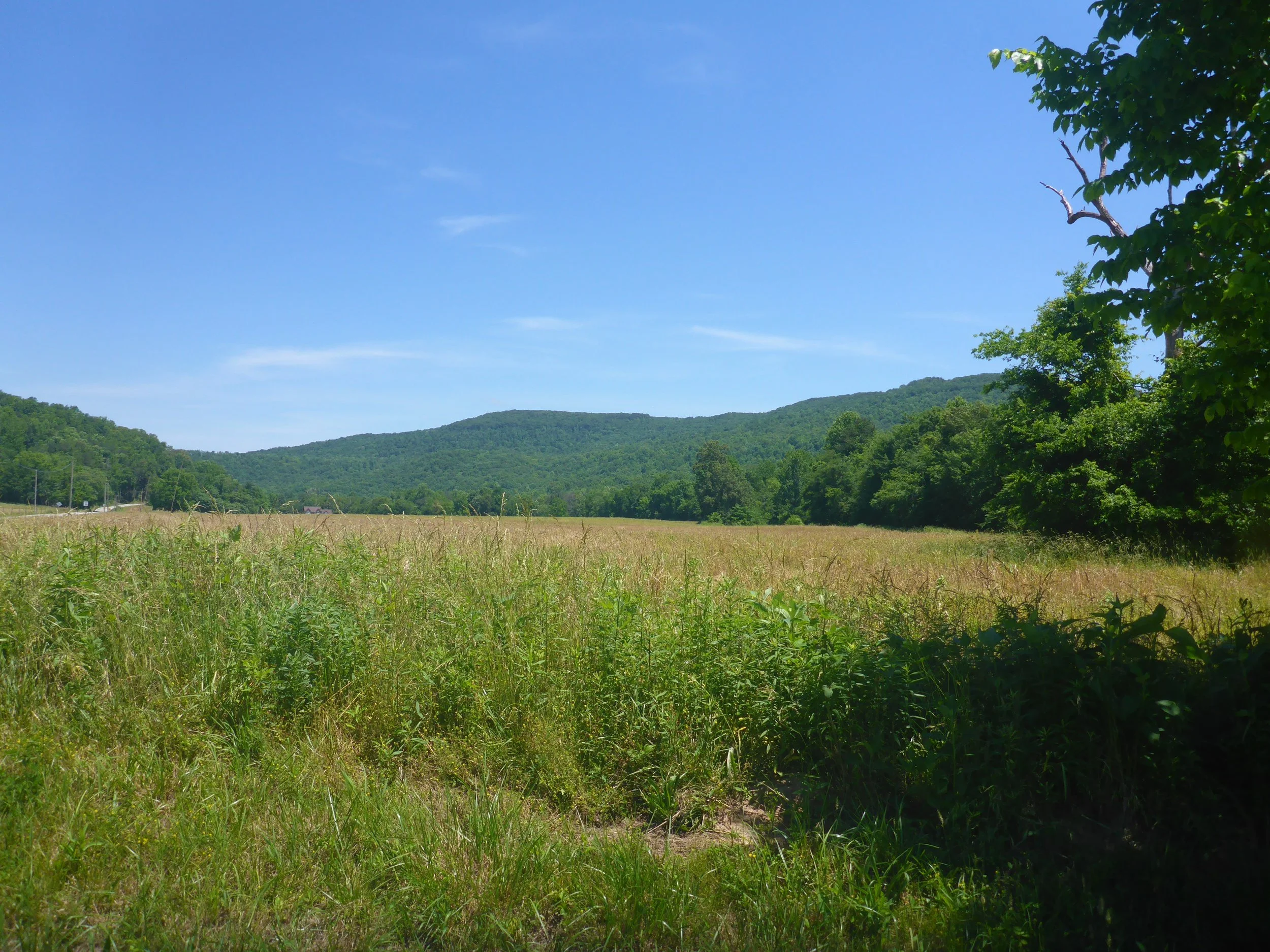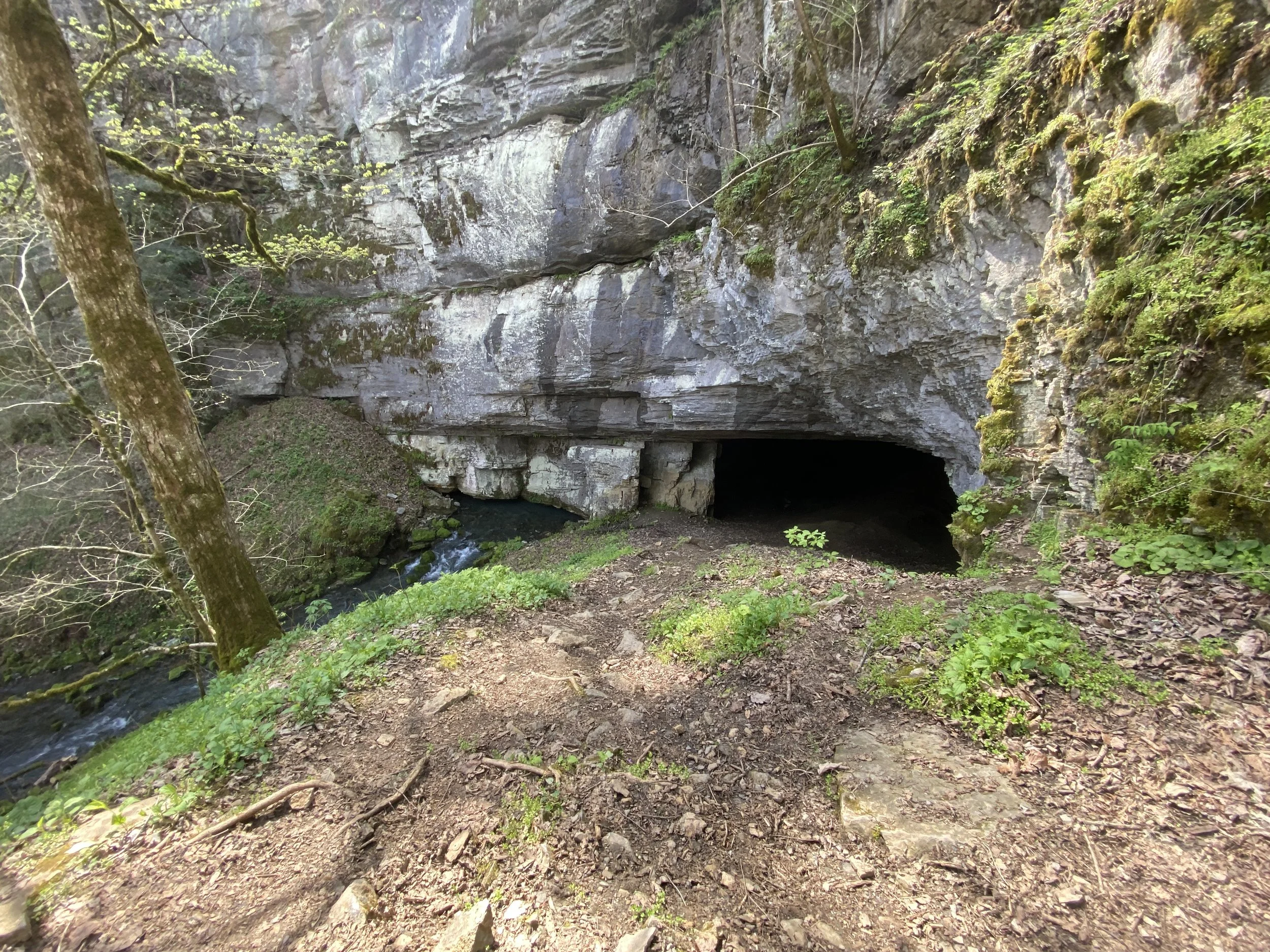Ridge and Valley Refugia
Ridge and Valley Refugia
The Ridge and Valley refugia area is a relatively low-lying area, but diverse ecoregion. The area is sandwiched between generally higher, more rugged mountainous regions with greater forest cover. As a result of extreme folding and faulting events, the region’s roughly parallel ridges and valleys have a variety of widths, heights, and geologic materials, including limestone, dolomite, shale, siltstone, sandstone, chert, mudstone, and marble. Springs and caves are relatively numerous. Present-day forests cover about 50% of the region. The ecoregion has a great diversity of aquatic habitats and species of fish.
publications
Kivlin, S. N., Harpe, V. R., Turner, J. H., Moore, J. A., Moorhead, L. C., Beals, K. K., ... & Schweitzer, J. A. (2021). Arbuscular mycorrhizal fungal response to fire and urbanization in the Great Smoky Mountains National Park. Elem Sci Anth, 9(1), 00037.
Le Bouille, D., Fargione, J., & Armsworth, P. R. (2022). Spatiotemporal variation in costs of managing protected areas. Conservation Science and Practice, e12697.
McKenzie, P. F., Iacona, G. D., Larson, E. R., & Armsworth, P. R. (2021). Partitioning tree diversity patterns to prioritize conservation investments. Environmental Conservation, 48(2), 75-83.
Zhu, G., Giam, X., Armsworth, P. R., Cho, S. H., & Papeş, M. (2022). Biodiversity conservation adaptation to climate change: protecting the actors or the stage. Ecological Applications, e2765.
Zhu, G., Papeş, M., Armsworth, P. R., & Giam, X. (2022). Climate change vulnerability of terrestrial vertebrates in a major refuge and dispersal corridor in North America. Diversity and Distributions.
Zhu, G., Papeş, M., Giam, X., Cho, S. H., & Armsworth, P. R. (2021). Are protected areas well-sited to support species in the future in a major climate refuge and corridor in the United States?. Biological Conservation, 255, 108982.


